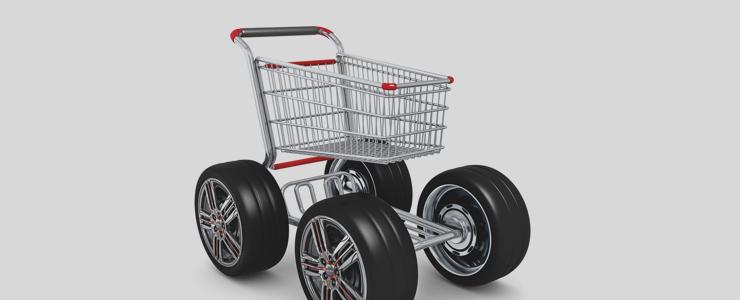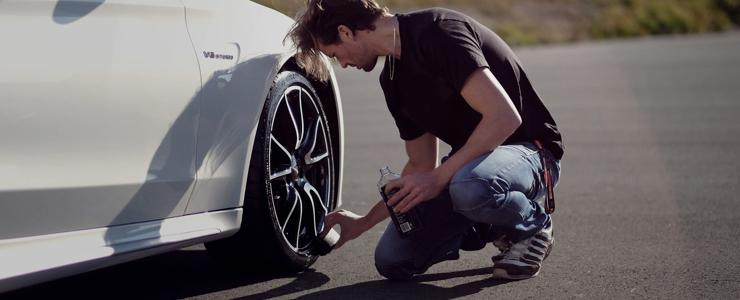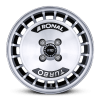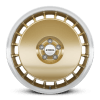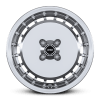FAQ
What is the bolt circle?
The bolt circle shows the diameter in mm of the circle on which the centers of the wheel’s screw holes are located.
What is the offset?
The offset is the distance between the wheel center and the inner contact surface of the wheel. The offset is shown in mm.
What is the KBA number?
The KBA (Federal Motor Transport Authority) number is assigned to wheels authorized in Germany. It should not be confused with the wheel number.
Where will I find the wheel number?
The wheel number (normally 6 to 10 digits, not starting with 0 or the letters KBA) is molded into the wheel. It is located on the inside of the wheel or under the hubcap.
What is a technical component report?
A technical component report is a report issued by a technical service or inspection authority confirming that a vehicle is compliant after the inspected components have been installed or mounted. A technical component report is always subject to installation approval.
What is a TÜV certificate and why is it required?
This technical component report provides information on the compliance of a vehicle after a component has been installed or mounted. It includes the installation regulations as well as conditions and restrictions. After mounting, a modification approval inspection has to be carried out.
What is an ABE (General Operating License = Type Approval)?
The ABE is a national German license for vehicles or vehicle components. It is issued to a manufacturer by the Federal Motor Transport Authority (KBA). Wheels with an ABE do not normally require mounting approval, i.e. in the case of a specific wheel-tire combination for example, no requirements have to be met and there is therefore no need for an entry to be made in the vehicle documents.
How are wheels mounted?
Care must be taken to ensure that the contact surfaces of the vehicle pit are clean and burr-free. Please use only the enclosed fixings to mount the wheels, unless the vehicle manufacturer’s original fixings are to be used. For more detailed information on the use of original fixings please see the relevant TÜV certificate or ABE. When fastening screws and nuts, the tightening torque specified by the manufacturer must be adhered to.
What is a tightening torque?
The tightening torques specified by the manufacturer in the vehicle’s operating manual normally apply. For more detailed information please see the relevant certificate or ABE.
How many turns does a wheel screw require?
Fixing screws should be turned at least 6.5 times.
How should a wheel be properly maintained; what maintenance products are suitable?
Regular cleaning makes it easier to keep wheels clean so that you can get the best out of your alloy wheels. We recommend using warm water mixed with a neutral commercial car shampoo. The use of acidic rim cleaners is not recommended. Do not use a steam jet cleaner, metal cleaning product or steel wool; a microfiber cloth is suitable.
What is the best way to store alloy wheels?
The ideal way to store alloy wheels is to hang them up in a dry, well ventilated room.
Can I (re)polish allow wheels?
(Re)polishing normally entails stripping followed by surface treatment until a mirror finish is achieved. Industrial stability characteristics can only be maintained using carefully coordinated systems, which are not normally available as do-it-yourself products. Consequently the polished surface soon becomes unsightly due to lack of sufficient protection and this can cause weakening, which impairs the durability of the wheel.
Can alloy wheels tolerate damage (accidental damage)?
Damage (accidental damage) to alloy wheels can never be tolerated due to the potential variety of types of damage. It is necessary to check on a case by case basis whether
the accident has plastically deformed or torn the wheels.
the accident has plastically deformed or torn the wheels.
Where can I buy RONAL wheels?
You can buy RONAL wheels at specialist dealers.
Where can I obtain spare parts for RONAL wheels?
Spare parts such as wheel screws, wheel nuts, centering rings and hubcaps are obtainable from specialist dealers.
